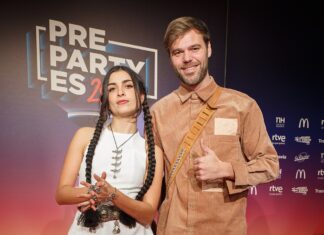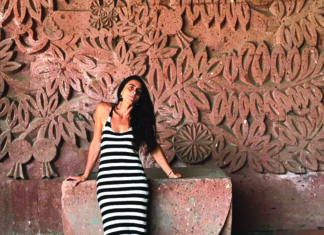YEREVAN/TORONTO — Lara Arabian is a trilingual artist by way of Beirut, upstate New York and Paris. She completed her acting training at the Banff/Citadel Professional Theatre Program and has worked with companies across Canada including Canadian Stage, Cahoots, Nightswimming, Pandemic Theatre, Neptune Theatre and Studio 180. Her favorite theatre credits include: “Rubble,” “The House of Bernarda Alba,” “The Solitudes,” “The Silver Arrow,” “Blood Wedding” (Dora nomination Best Ensemble), “Upon the Fragile Shore” and “The Container.”
She participated in 18 film and TV projects; the recent credits include “The Handmaid’s Tale,” “Kim’s Convenience,” “Ghostwriter,” “Rabbit Hole,” “Murdoch Mysteries,” “Taken” and “Dark Matter.”
As a writer, she has been a member of the Banff Playwrights Unit and Nightwood Theatre’s Write from the Hip program. Her latest play, “Convictions” received its world premiere at the Festival Les Zébrures in France last fall before kicking of the season for Théâtre français de Toronto. She’s been twice nominated for a Dora Award for Outstanding New Play (Youth Division) as part of the writing team for Les Zinspiré.e.s 8 and 10 (Théâtre français de Toronto) AND was recently named the inaugural recipient of the Joël Beddows Playwrighting Prize.
Highlights of her directorial work include “Welcome to Naxos” (Alumnae Theatre), “In Search of Our Humanity” (Holocaust Education week, co-director), “Huit Femmes” (Les Indisciplinés de Toronto) and “Sparta” (Theatre Passe Muraille, Assistant Director).
Lara is also a passionate arts educator and is on the faculty at both George Brown and Sheridan Colleges.
Dear Lara, what difficulties has an Armenian girl from Lebanon overcome in order to find her place in Canada’s cultural mosaic?











